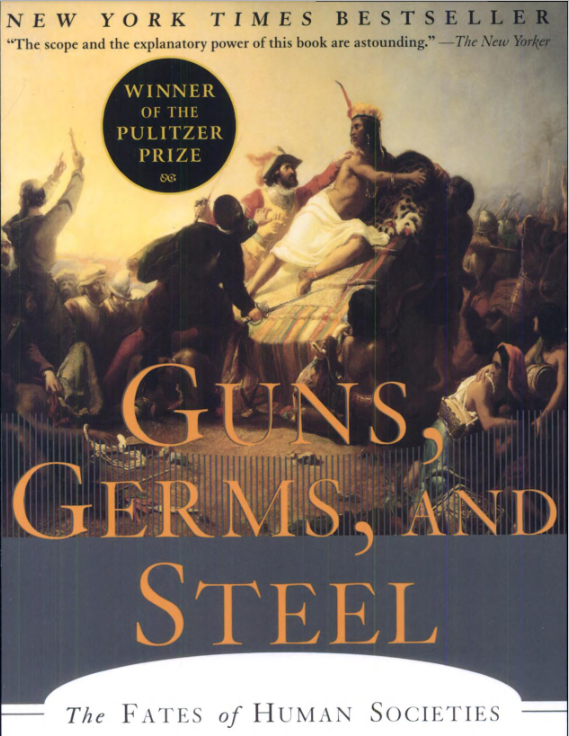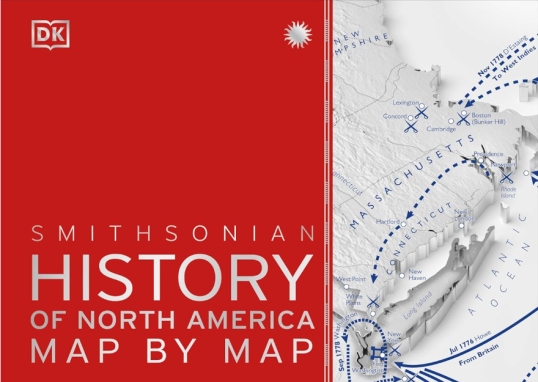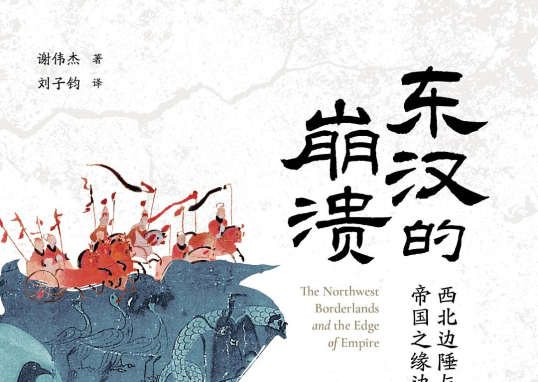Guns, Germs, and Steel: The Fates of Human Societies

A Grand Tale with Some Glaring Gaps
Jared Diamond’s Guns, Germs, and Steel: The Fates of Human Societies is a bold swing at answering one of history’s big questions: why did some parts of the world end up with all the power—think guns, germs, and steel—while others lagged behind? Diamond’s pitch is that it’s all about the environment. Picture history as a stage play: humans are the actors, but the set—geography, climate, and biology—calls the shots.
His main argument? Eurasia hit the jackpot with its east-west layout, which let crops and farming know-how spread like wildfire. Meanwhile, the Americas and Africa, with their north-south orientation, got stuck in the mud. Add to that Eurasia’s edge in domesticable plants and animals—like cows and wheat—which not only fueled agriculture but also gave locals immunity to some nasty diseases. When Europeans met other societies, those germs were like invisible grenades, wiping out populations before the swords even came out. Toss in advanced tech and organized societies, and you’ve got the recipe for conquest.
It’s a compelling story, and Diamond deserves props for spotlighting how the environment shapes history—something historians often gloss over. But here’s where the plot starts to wobble. First, he’s so obsessed with ancient, unchanging factors (like landmasses from 13,000 years ago) that he skips over the juicy details of why modern history unfolded the way it did. Why was it Spain and Portugal, not China or the Ottomans, sailing off to colonize the world in the 1400s? And how much did the Atlantic slave trade—cheap labor, raw materials, pure profit—turbocharge Europe’s industrial boom? Diamond’s too busy looking at the big picture to zoom in on these game-changers.
Then there’s his whole “different continents developed at different speeds” framing, which feels like it’s wearing Eurocentric sunglasses. What’s “development” anyway? Just guns and factories? The Maya were out here crafting calendars that could predict eclipses, but Diamond barely gives them a nod. His view assumes progress is a straight line, with industrial might as the finish line, ignoring other paths societies took. And let’s talk about those American crops—potatoes, corn, tomatoes—that revolutionized Old World agriculture. If that’s not “development,” what is?
The bigger issue? Diamond’s so caught up in ancient geography that he misses the real question: why do inequalities persist now, when knowledge zips around the globe instantly? Maybe it’s less about latitude and more about who’s holding the reins—global elites, anyone? His lens also reeks of economic determinism, assuming stronger economies always dominate, and a dash of nationalism, framing history as a contest between continents rather than a shared human story. Meanwhile, he ignores how interconnected the world’s been—like how British cannons in the Opium Wars owed a debt to Indian tech.
Guns, Germs, and Steel is a fascinating read, packed with cool facts and a fresh take on history’s stage. But it’s like a blockbuster with a shaky script—big ideas, some plot holes. Diamond’s environmental focus is a great starting point, but his logic stretches thin, and his biases sneak in like uninvited guests. If you walk away feeling like you’ve cracked the code to human history, pump the brakes. History’s not just about the stage—it’s about the messy, human drama unfolding on it. Read it, enjoy it, but keep your critical hat on.
Author
shanghaizhangyijie@gmail.com


